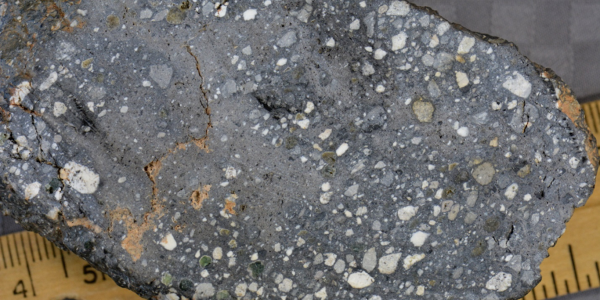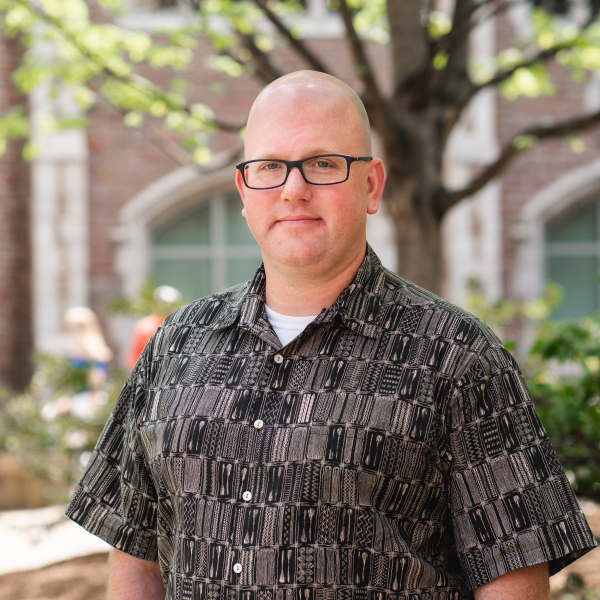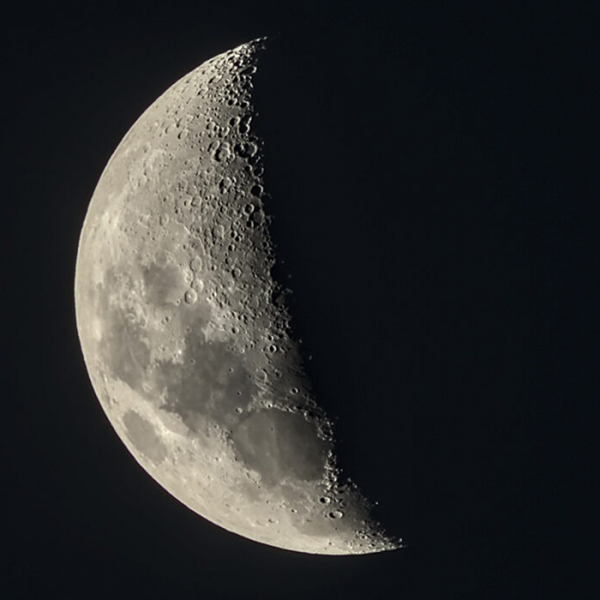Nearly all of our rock samples from the Moon are polymict breccias – rocks that formed from numerous impacts of asteroidal meteorites that have repeatedly broken Moon rocks apart, mixed the fragments of many different rocks, and glued them together again with heat and shock pressure. Randy Korotev studies the impact geology of the Moon by analyzing the chemical composition of lunar breccias. In principle, the composition of any breccia is that of a mixture of the original igneous rocks of the lunar crust, few of which remain as intact rocks.
In high school Randy Korotev decided that he wanted to become a chemist, although he did not know what chemists actually did. During his first year of college at the University of Wisconsin, he took a freshman chemistry course. There was the usual 800-page textbook. Sometime in mid-April, about the point where the class was up to page 550, the professor said, “Read the rest of the book.” So, Randy did. Toward the end, there was a chapter on things that chemists did. There was one paragraph on geochemistry – the chemistry of rocks. That sounded interesting, so he tucked that thought away for later.
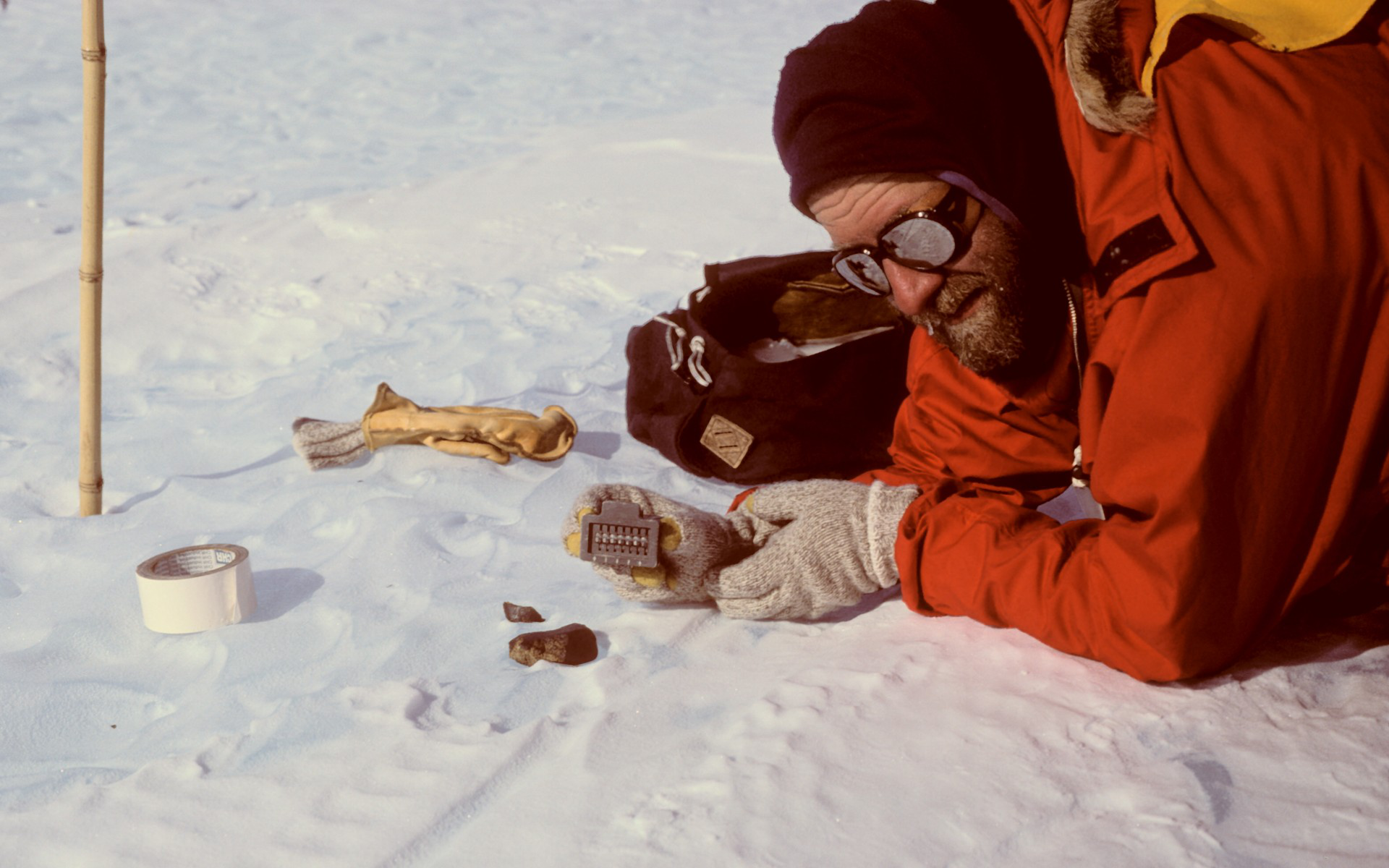
The next year the chemistry majors were encouraged to take a course called “undergraduate research” – 2 credits and no exams! Most of the professors offering research opportunities were organic chemists and Randy already knew that he had no interest in organic chemistry because the organic chemistry labs smelled bad. There was one professor, however, who was doing geochemistry of Steen’s Mountain basalts from Oregon using a technique called neutron activation analysis. None of that made any sense to Randy, but it sounded better than organic chemistry. So, he went to see the professor. Toward the end of the interview (December, 1968), the professor, Larry Haskin, said, “… and when the Apollo mission returns this summer, we’re going to get some of the samples to analyze.” What? Moon rocks! Here! Sign me up!
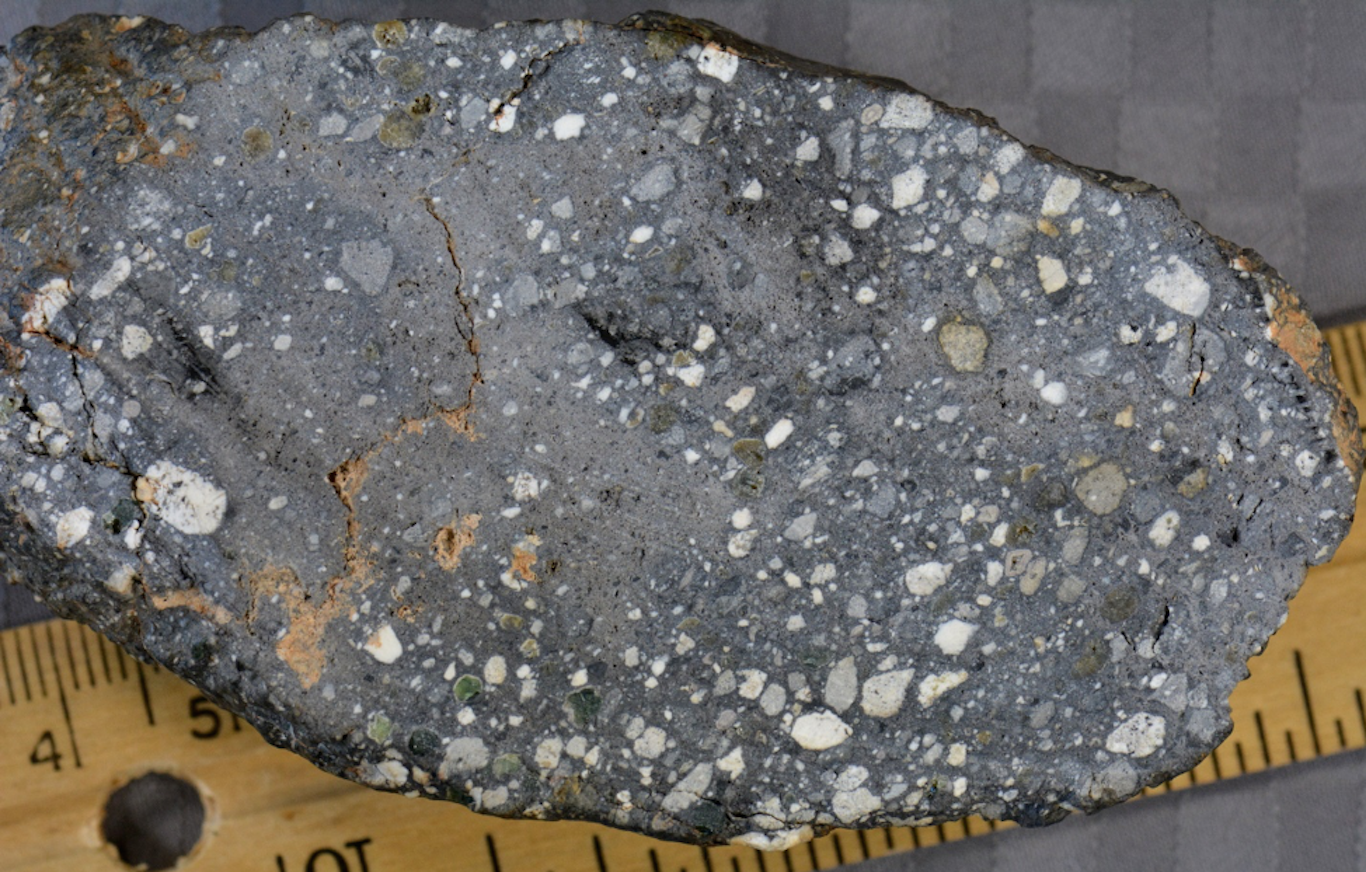
To shorten a long story, Randy helped analyze the Apollo 11 samples, and he’s been studying Moon rocks ever since, using laboratory techniques he developed to analyze the elemental compositions of 50-100 samples at a time with high precision. He came to Washington University in 1979 not long after Larry Haskin became chairman of the Department of Earth & Planetary Sciences. Randy enjoys collecting data on new Moon rocks and being the first person to see and interpret the results. Data are easier to interpret when there are a lot of data, and Randy estimates that he has acquired data on about 8200 samples of the Moon. Because no mission has been to the Moon to collect samples since 1976 (well, except for China’s Chang’e-5 mission earlier this year,) he has most recently concentrated on studying as many as he can of the numerous (more than 400) lunar meteorites that have been found on Earth, the first of which was recognized in 1982. All lunar meteorites have been found in deserts and several, in detail, are unlike any rocks found on the 6 Apollo and 3 Russian Luna missions that returned samples from the Moon.

